You may know it as one of the main ingredients in incense, but there is a lot more to frankincense essential oil than its fresh scent.
Sourced from the Boswellia family of trees, which are native to the southern end of the Arabian Peninsula, frankincense is a resin that “bleeds” from the bark when the tree is slashed or cut. Farmers allow the resin to harden into what they call “tears,” and then scrape the sap off for use. It can be used as is, in its hardened state, ground into a powder, or steamed to produce frankincense essential oil.
The product was in such high demand in ancient cultures that it became very expensive, vaulting southern Arabia into an area known as “Arabia the Blessed.” In addition to being used in incense, perfumes, and for religious ceremonies and burials, frankincense was also known for its medicinal properties.
Quality varies, and trees that are well cared for often produce finer resin. The best kinds are opaque white, or semi-translucent white with shades of lemon or light amber. Frankincense from India is the exception, considered best when golden to golden-brown.
7 Surprising Facts About Frankincense and Frankincense Essential Oil
We use frankincense essential oil in a few of our essential oil blends, so we wanted to highlight a few unusual things about it.
1—Some Believed it Was Protected by Dragons
Perhaps to keep others from encroaching on their livelihood, those who grew the Boswellia trees were happy to spread the rumor that their land was protected by dragons. Ancient Greek writer Herodotus (5th century B.C.) wrote: “Arabia is the only country which produces frankincense, myrrh, cassia, and cinnamon… the trees bearing the frankincense are guarded by winged serpents of small size and various colors.”
Because it was more valuable than gold at one time, legend had it that the trees from which frankincense came were guarded by dragon-like creatures that were happy to fend off any intruders. According to Appleton’s Popular Science Monthly, published in 1896, so precious was frankincense that “the old Sabaean merchants invented marvelous stories of genii and dragons guarding the trees and of the woods exhaling deadly odors, in order to protect them from too curious and enterprising trespassers.”
We can relate. There are days that we don't want to share our chocolate and feel tempted to warn people that there are cockroaches in our desk. But that's beside the point…
2—The Resin is Edible
Whether in its hardened state or as oil, frankincense is edible. Ancient cultures chewed it like gum, and used it to treat digestive ailments and to boost the immune system. Edible versions are supposed to be “pure,” meaning of translucent color, with no dark-colored impurities.
5 Essential Oils to Help Unwind at the End of the Day
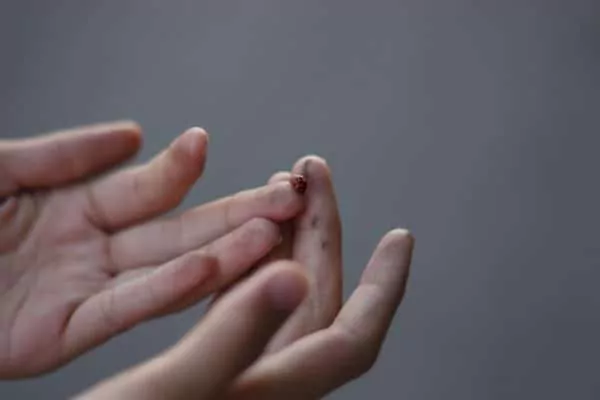
3—It's a Natural Bug Repellent
Frankincense has long been used to drive away mosquitoes and other disease-carrying insects. Mosquitos don't like it.
Burning it keeps these bugs away. The Egyptians fumigated wheat silos and repelled wheat moths with it. In addition to burning it, you can also apply it directly to skin.
Try Our All-Natural Essential Oil Blends
Try a sample kit of our
luxurious Essential Oil Blends
FREE.
You just pay shipping.
4—It May Help Ease Your Mind
Try adding a few drops to your warm bath to relieve stress, or burn a bit of incense in your office.
5—Women Used it to Make Eyeliner
Think makeup is only a modern-day invention? Think again. Ancient Egyptian women used frankincense to create their famous heavy black “kohl” eyeliner. They charred it first, and then ground it into a powder that they applied to their eyelids.
6—It’s Great in Toothpaste.
Frankincense was used historically for the teeth. You can still find frankincense in toothpaste today. So if you're making your own DIY toothpaste, consider using some frankincense essential oil in it!
7— It’s Super for Skin
Herbalists prize Frankincense for its abilities. It’s also a good option for those with oily skin. Combine it with a carrier oil to help moisturize and reduce the appearance of fine lines.
5 Essential Oils to Help Unwind at the End of the Day
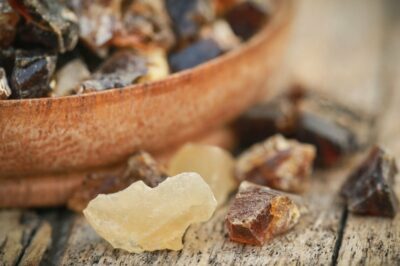

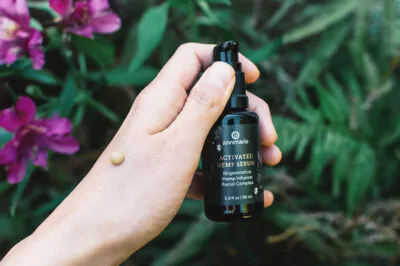
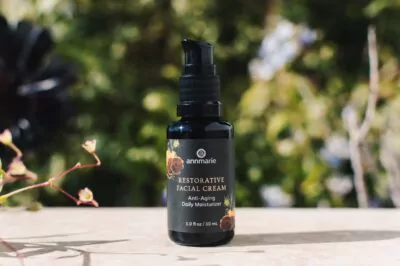
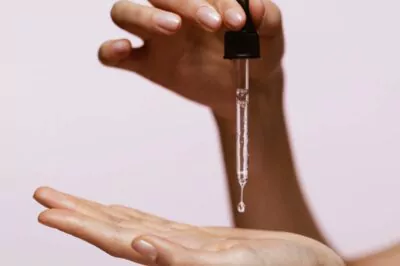
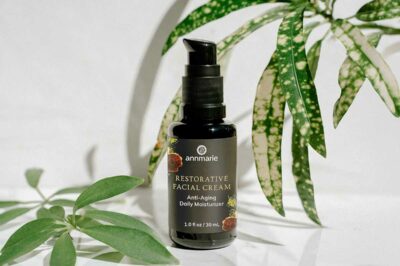
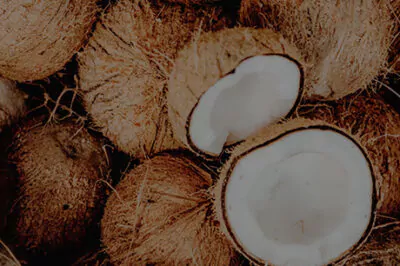
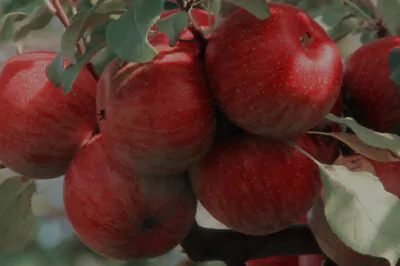
Can frankincense and myrr be used for evil purposes?
Frankincense truly is like gold. I’m 43 years old and people tell me I look 30-ish! My skin has never looked better. I use a blend of coconut oil, Frankincense, Myrrh and Lavender 4-5 times a week. And, it’s never failed to ground me. It can also take away a migraine. One drop under the tongue and a nap and VOILA! Thank you for this wonderful post. 🙂
Where did you buy all those stuff that you applied to your skin. I’m interested ..thanks -)
Oils for fleas ?
Pennyroyal
What is great about this oil is that a little goes a long way. I have a bottle of this oil and all I need to use is a drop on a Q-tip. You don’t need it as a daily oil on face but you can add it to either moisturizer or night serum on a weekly basis to relieve stress on skin. Knowing the products here contain frankincense makes it easier to use.
Hello!
I have also heard that it’s good for the thyroid. I add it to my facial cream and love they way it feels and smells 🙂
Frankincense essential oil does not contain boswellic acid. The presence of boswellic acid is often used as a sign of adulteration. This oil is too precious for toothpaste and bug repellent. If we do not value this resin, it will no longer be available. Use it like it is precious.
Animal studies? Someone tortured animals to find out if frankincense aids in depression and anxiety? Is that really necessary?
Maybe they weren’t tortured and received the benefit of uplifted spirit!
I applied a drop daily to a large painful sebaceous cyst. Within a couple of weeks the cyst is hard to find and no longer painful. It’s obviously a great antibacterial.